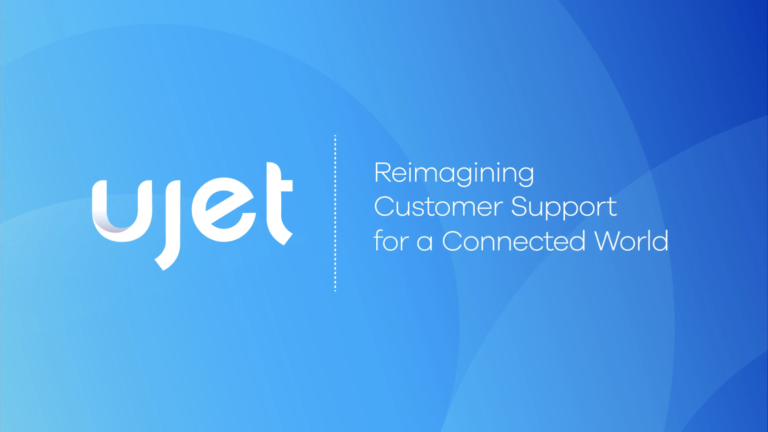Learn the five tips to improving your IT Help Desk’s internal “customer” service scores & get your team recognized as a vital resource that supports your business now.
“Internal customers are sometimes tougher to please, than external ones!” according to a Help Desk Manager who attended one of my customer service training courses. It is true. Your internal “customers” have higher expectations for your Help Desk, since you both work for the same organization. Frustration with your Help Desk can result in poor scores from other departments on internal surveys.
What can you do to improve this? Here are five tips to help:
1) Make Help Desk Agents realize the importance of Customer Experience (CX):
That means not just fixing the problem. It means making end users feel supported. How do you measure end user satisfaction? For many companies, that involves running internal attitude surveys. Discover how colleagues in other departments view your Help Desk. Learn what you can do to improve. Share those results with your team. Let them know what they are doing right, so they continue to do that. Then, let them know how they can improve, so that they know what to do better next time. If possible, tie compensation to departmental results: the better your department performs, the more money your team makes. If financial compensation is not possible, perhaps you can tie non-monetary perks for great performance such as a “thank you” lunch for your team.
2) Focus on solving problems, not just closing tickets:
“The printer jammed again, even after I did what you told me yesterday! I’m so tired of complaining about the SAME problem!” wrote one employee on a trouble ticket. Does your Help Desk receive repeated tickets regarding the same problem? Let Agents know they need to look at the root cause of the problem—not just put “band aids” on it. What is causing the issue? Is it a lack of user training? Could it be defective equipment? Whatever the root cause, build an escalation pipeline where Agents can flag recurring issues/trends for further action.
3) Leverage modern speech analytics to coach your Help Desk:
AI (artificial intelligence) speech analytics is revolutionizing Quality Assurance. It allows you to score ALL calls, not just one or two per Agent, per month. This provides a better picture of your Agents’ strengths and areas for improvement. More advanced programs even gauge caller sentiment. So, you can identify which callers may need proactive follow up.
4) Improve or replace your trouble ticket system:
Frustration with rigid ticket systems is one of the biggest complaints from internal “customers.” While trouble tickets must include the right information to identify a problem, many systems are designed in a very customer “unfriendly” way. Tick boxes, drop down menus, and limited space for comments frustrate end users. Work with your internal customers to replace/modify your ticketing system so non-technical employees can clearly communicate their needs.
5) Get involved early in any major IT change:
I worked with a client making an organization-wide software change. However, their Help Desk was not involved in implementation planning. When I asked why, the planning team said, “The Help Desk doesn’t need to know about it until just before launch!” However, your Help Desk is one of the greatest sources of advice on what may go wrong—from an end user standpoint—at launch. That makes your team a great resource when planning any major IT change. However, unless you “stay in the loop,” your Help Desk may be the last to know about technology roll outs.
Use these five tips to improve your Help Desk’s internal “customer” service scores so that your team is recognized as a vital resource that supports the business.
Mike Aoki is the President of Reflective Keynotes Inc. (www.reflectivekeynotes.com), a training company that helps contact centers improve their sales and customer retention results. A contact center expert, Mike was chosen by ICMI.com as one of the “Top 50 Customer Service Thought Leaders on Twitter” for the past six years. He also received the GTACC Award for social media influence, and the Canadian Institute of Management’s Quality Service Award for leadership. He is also a co-author of the Amazon #1 bestselling leadership book, “Called to Action.”



